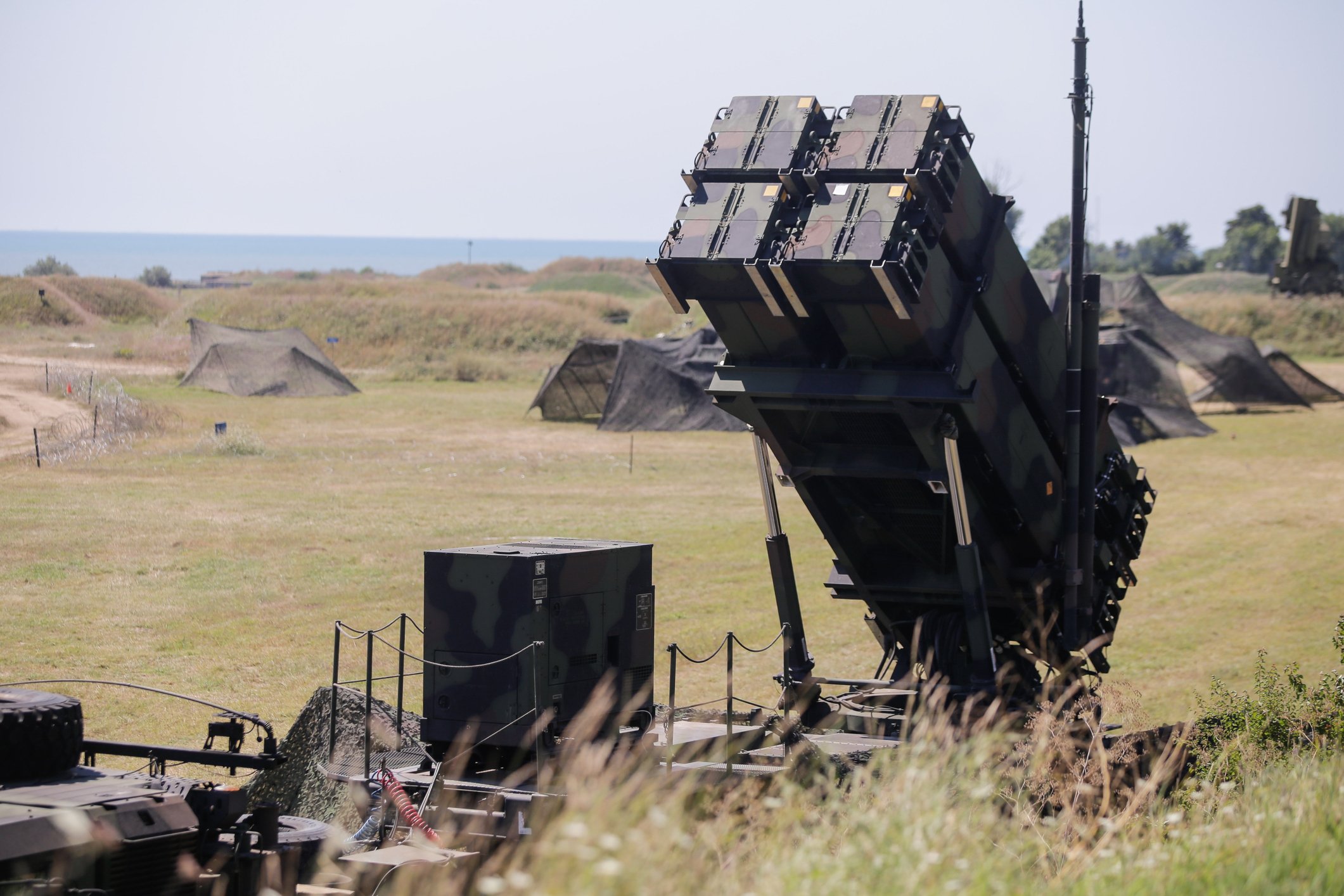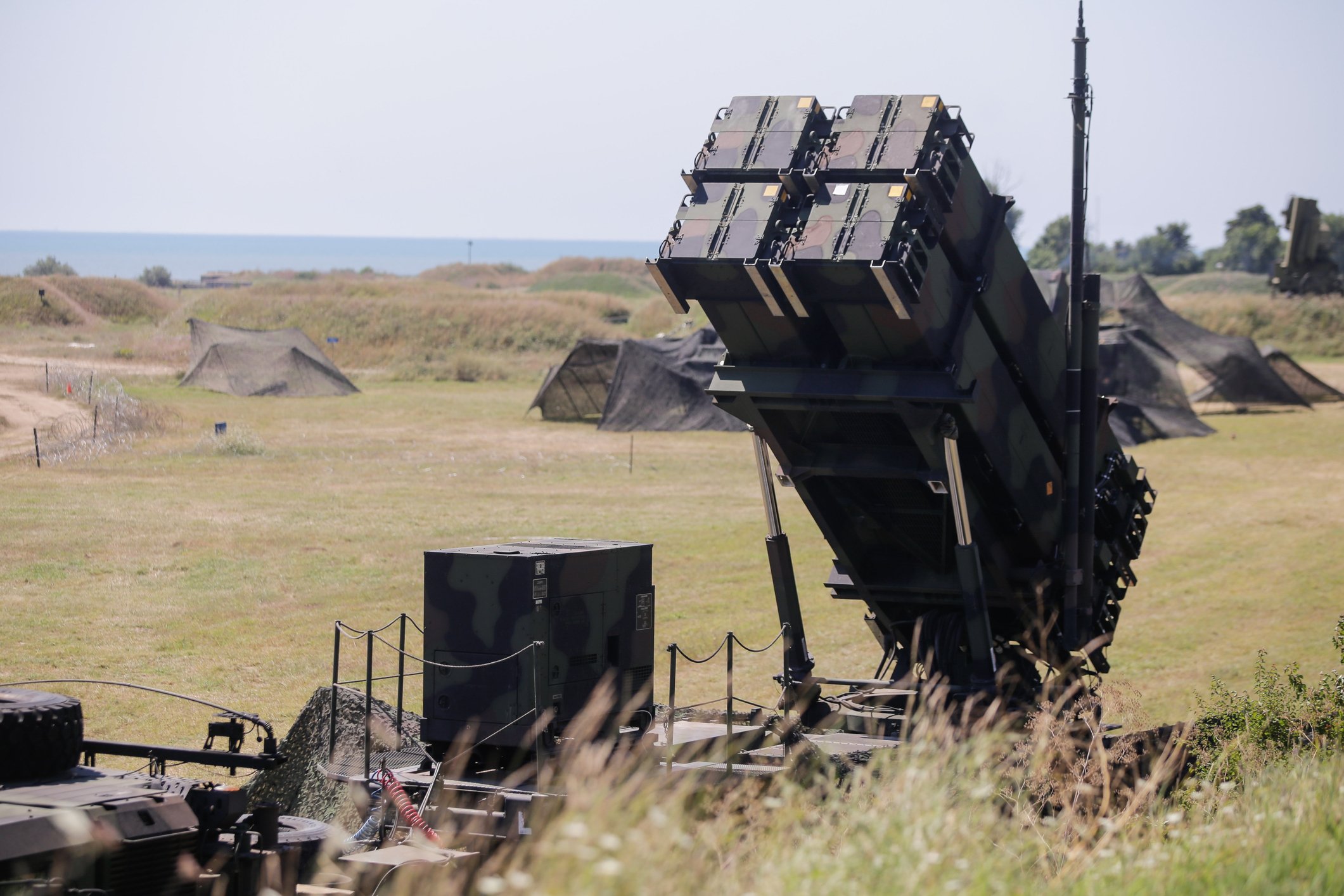In a word: yes. The Air Force is indeed trying to build a fence in space. In fact, the Air Force is trying to build a better fence than the one that's already there. At first blush, this may sound odd. But there's a good reason the Air Force is rebuilding its "fence". What's more, it could be incredibly lucrative to Lockheed Martin (LMT +1.76%) or Raytheon (RTN +0.00%).

The International Space Station is vulnerable to "space junk". Photo: NASA via Wikimedia Commons.
The next-generation fence
Thanks to litterbug tendencies, there are roughly 500,000 pieces of "space junk" floating around in the cosmos. Consequently, the Air Force has to monitor all those pieces to make sure they don't collide with a U.S. asset -- such as a satellite or a space station.
Previously, Air Force Space Command estimated that the Pentagon was able to track "less than 5 percent" of space debris, using the aged Air Force Space Surveillance System, or AFSSS. As such, the Air Force commissioned a new program called Space Fence. It consists of a ground-based S-band radar system stationed in the Marshall Islands, with a possible secondary site in Australia. Further, the stationary radar creates a '"fence" that, over the course of a day, covers the whole of space because of the planet's rotation, according to Defense News. Additionally, the new system will be able to "detect, track and measure an object the size of a softball orbiting more than 1,200 miles in space," according to the Air Force.
What to watch
AFSSS was turned off at the beginning of September, and right now "stopgaps" are being used until the new fence can be deployed in late 2018. The new Space Fence contract was supposed to be awarded in June, but because of sequestration, it was pushed back. However, the Air Force considers the Space Fence program to be a major component of its space situational awareness capabilities, and now the contract is supposed to be announced anytime between November and March 2014. The only two contractors eligible for this win are Lockheed and Raytheon. Considering that the contract is worth an estimated $3.5 billion, this contract could be a major boost to the winning company's bottom line. As such, this is something investors should monitor.






